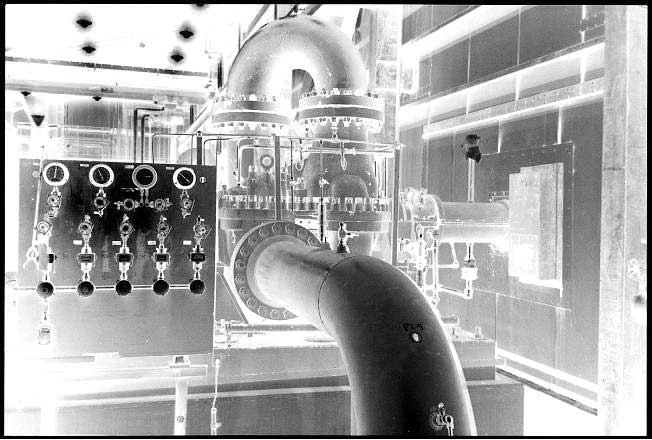
The ideal pump
Randal FermanConsider a pump that functions reliably under all possible operating conditions, no matter how abusive, including complete loss of prime or dead heading. Imagine this pump converts all of its mechanical work input into useful liquid energy output. Next, the seal or seals are zero leakage and require no flush, quench, or support system. The gaskets and static seals of the pump hold tight and exhibit not a trace of leakage. The pump bearings run cool and never need attention. And while we’re at it, this ideal pump runs silently and vibration free at any rate of flow, and is capable of withstanding any possible magnitude of piping load.

While the totality of these pump characteristics is unrealistic, occasionally a pump does appear to exhibit these ideal virtues. Experienced operators and maintenance staff are aware of them and, especially in a facility with numerous pumps, can often point to one that has been running trouble free for many years, even since the day it was first installed. Does this happen by chance, or are there certain factors that characterize an “ideal pump”? In qualitative terms, here are the most likely, key factors.
It is probably not a pump subjected to run dry events, although there are special designs built to withstand this. Also this pump is probably not run dead headed, but if it is, most likely this pump runs at a modest rotative speed relative to its size.
This pump is probably well matched to its system and operates close to its design Best Efficiency Point rate of flow. This yields the lowest input of energy per unit volume of liquid pumped for the given pump selected. Also the pump and pumping system may have the benefit of a Variable Speed Drive with controls to track with changing system demands, further reducing energy usage and wear on pump and system.
The mechanical seal for this application processes an ideal selection compromise of minimal face leakage combined with sufficient lubrication. Perhaps the seal chamber is flushed with clean, cool liquid and most likely the pump shaft deflection at the seal is minimal.
The gaskets, their wetted surfaces, the static seals, and their sealing faces are likely made of materials compatible with the pumped liquid over the range of operating pressures and temperatures. The gasket or static seal face loading is sufficient to avoid separation under all conditions of operation.
The bearing loads for this pump fall within the design “comfort zone” of the selected bearings. Importantly, the bearing housing environment is kept clean, perhaps using bearing isolator devices, and the lubrication is maintained at proper levels. The bearing and lubricant temperatures do not exceed recommended limits.
This pump does not suffer from excessive cavitation or its associated noise and vibration. This is because there is an adequate margin of NPSH Available at the pump suction nozzle over the NPSH Required by the pump.
Undoubtedly the drive train is well aligned, the rotor is appropriately balanced for its operating speed, the foundation support is level and secure, and piping loads fall well within allowable limits.
Certain industrial pumps operate at high energy levels and in severe duty environments. Periodic maintenance and overhaul cycles for these pumps are expected. However, while the ideal pump may only exist in an abstract sense, there are definite, known factors that influence the maintenance, operational costs and life expectancy pumping equipment.

4 comments
Dear Randal,
Thanks for the helpful articles.
Siddiq,
I assume your question is ‘why are pumps selected to operate at approximately 80% to 90% of BEP flow?’
There’s usually some degree of uncertainty in the system resistance – often it’s overestimated. A pump can be selected for approximately 90% to 95% of BEP flow with a small reduction in efficiency. With no throttling, when the actual system resistance is lower, then the actual pump flow will be higher – it might even end up at the BEP flow. If the pump had been selected at the BEP flow but the actual operating point was at a substantially greater flow, then the pump could cavitate. So it’s usually a bit safer to select a pump for a flow condition slightly less than BEP flow.
Desired head rise to shutoff and flow operating range are other factors that can influence the decision to select a pump for a lower-than-BEP-flow rated condition.
I hope this is helpful.
Randal
Hi Randal
Thank you for the great insight you have given us on this article. I have a question about the B.E.P. Why the pumps are not designed to run at Best Efficiency Point, but to run at 0.9 or 0.8 times the B.E.P??
Great article nice overview of the scenarios. I think the variables you touched on were spot on. I am new to your site and like it! I look forward to visiting soon. Thank you! Dave